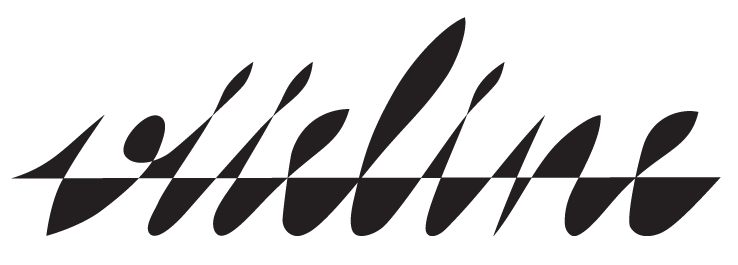
Lessons in Decoration
from Post-Soviet Markets
– Brit Pavelson –
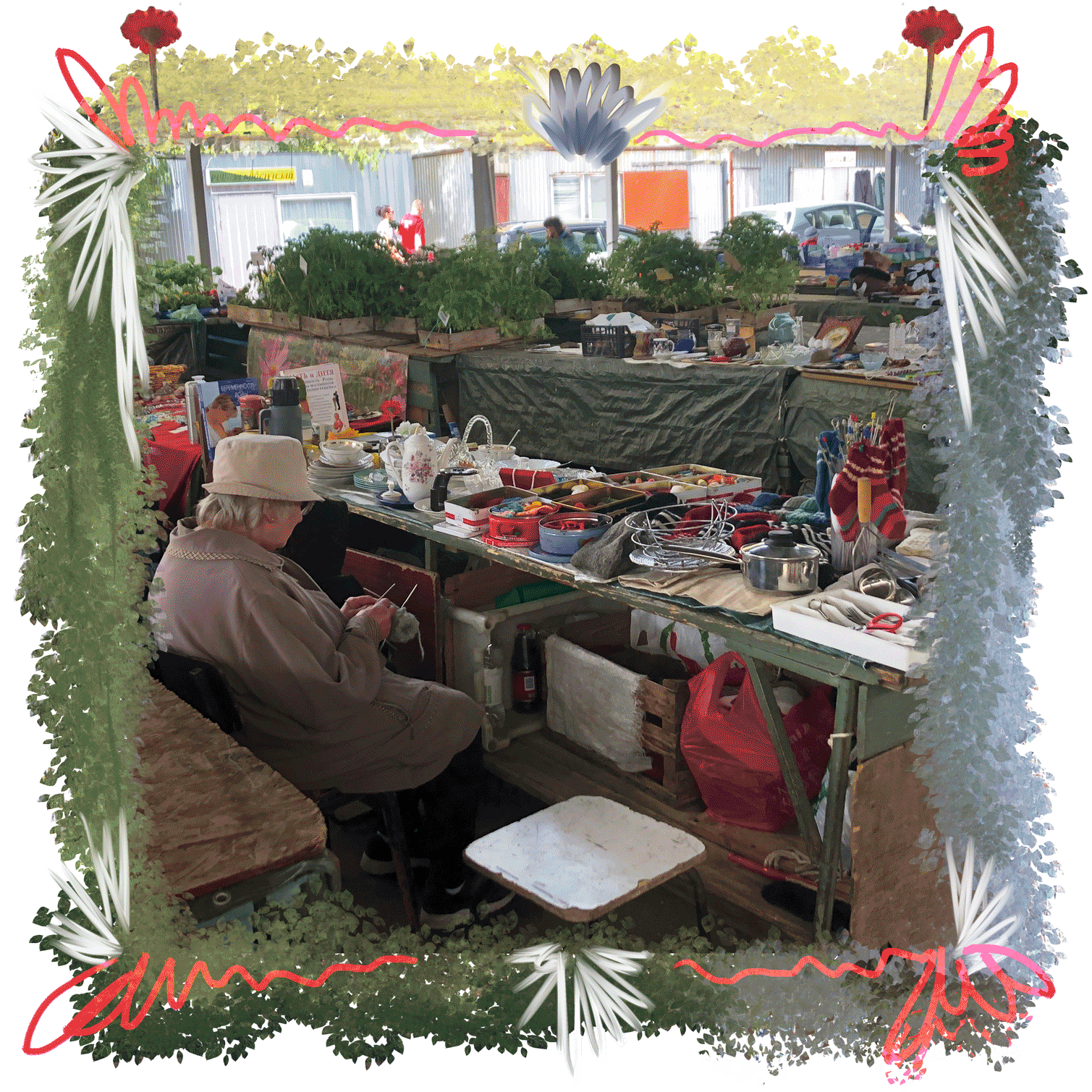
Preface
This text was written as a part of my Master thesis in the Visual Communications department in Konstfack University. It is not a conventional thesis, but a Documentation and Reflexion on Process (DROP). Written as an expat in Stockholm, Sweden, in 2020.
The project got its energy from a realization I had during my studies, that I have spent most of my design-related life working hard to train my brain with Western design principles. I come from Estonia but have studied in art universities in the Netherlands and now in Sweden.
Thing is, before studying in Sweden, I didn’t think of myself as not Western. I have always considered myself European which sounds the same as Western. But I discovered that I cannot have ideological discussions with the same tools that a Scandinavian person my age can. Or that I cannot relate to consumer culture in the same manner as a person grown up in “old capitalism” does. I don’t have nostalgia towards clothing brands. I don’t know what ‘brand loyalty’ feels like. Sometimes I’m still naive enough to think higher price means higher quality, not status. My history and experience with consumer culture and the designed world is different from Western Europe. It sounds like big words, but comes down to simple relationship with daily objects. And all of this is entirely a subject of design, I feel.
I studied design based on the assumption that I want to relate to my material world in the same way that the Western design canon proposes. Referencing Bauhaus or ‘scandi’ design has high currency in the culture that I come from, it is the way to add value to objects. The heritage of modernism has high value maybe even more so culturally than economically.
But each time I practice those values, I feel a burn in my fingers. I grieve for the energy that I didn’t put into creating something out of my own surroundings, didn’t observe and synthesize with conditions closer to me. Each time I inhabit that educated designer role and echo the Western canon, it feels like I am deleting something as much as I am creating something “new”.
Market Values
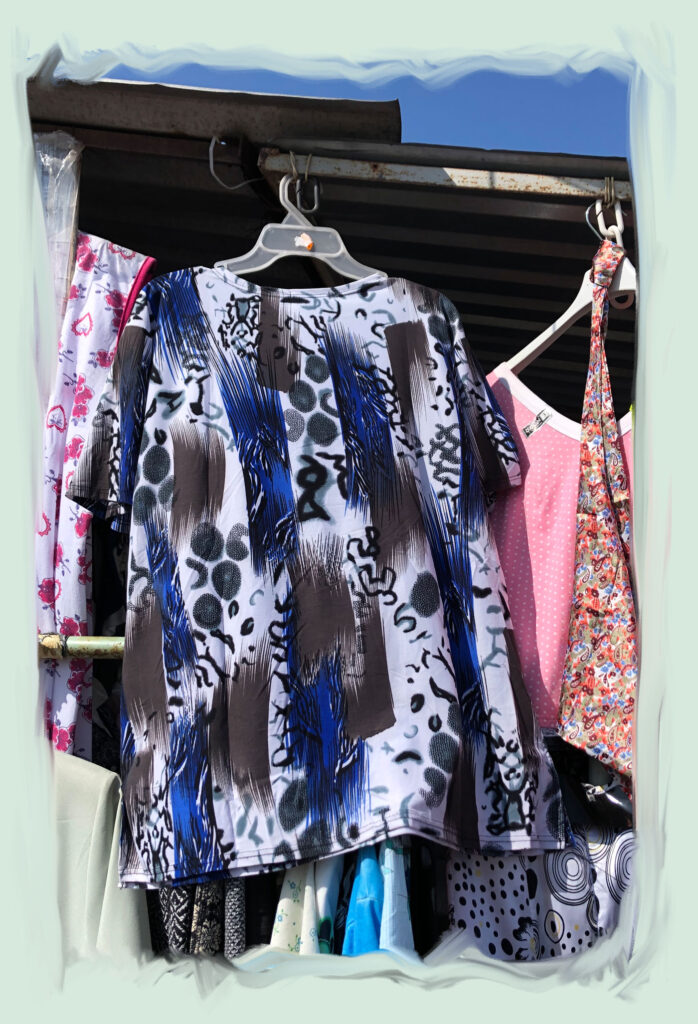
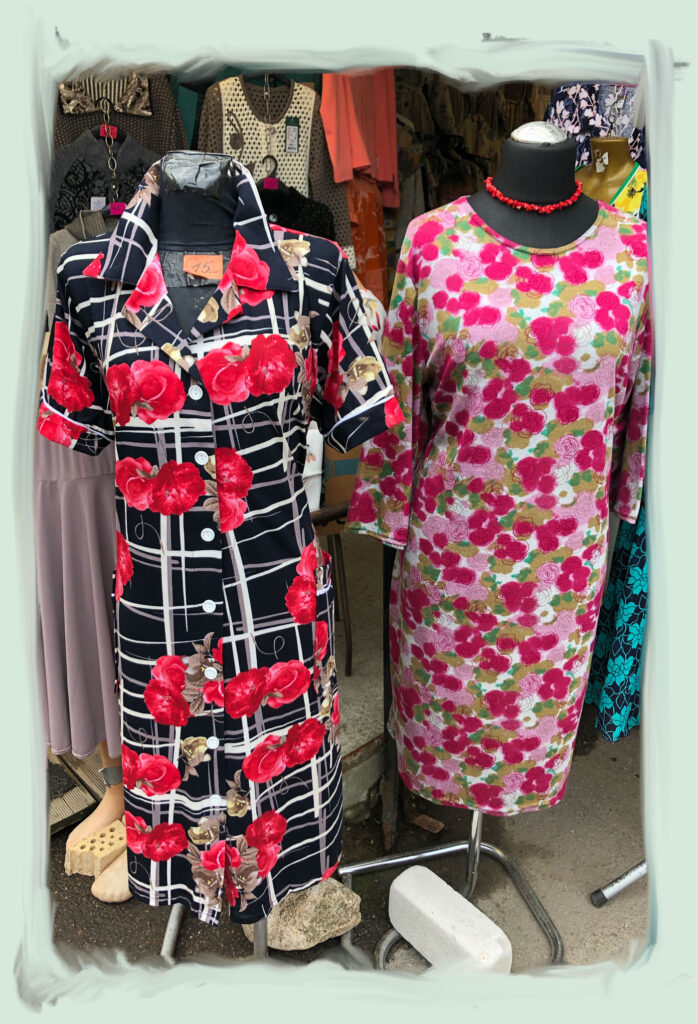
I have been scanning through cheap markets for years. It’s thrilling to go ‘for a hunt’ in piles of discarded things, this is a place to truly practice my taste, as uncomfortable as that sounds. Nobody there to tell me what is trending, no new collections, no last season. It is up to me to decide, what is of value.
I’ve been subconsciously cataloguing different markets for some time, in my brain, on my phone, in my computer… building a system for what now seems such obvious common aesthetics and values.
There is a market called Keskturg across the street from my home in Tallinn where I go for seasonal food produce – the market season explodes with strawberries in June and wraps up with sauerkraut before Christmas. There are racks of clothes that change their patterns with the season. Clothes without a label or from an obscure source. Slices of homemade pickles in jars stacked like layered cake to make stripe patterns. Fresh bread smells float around, either fresh pirogi or a Georgian lavash.
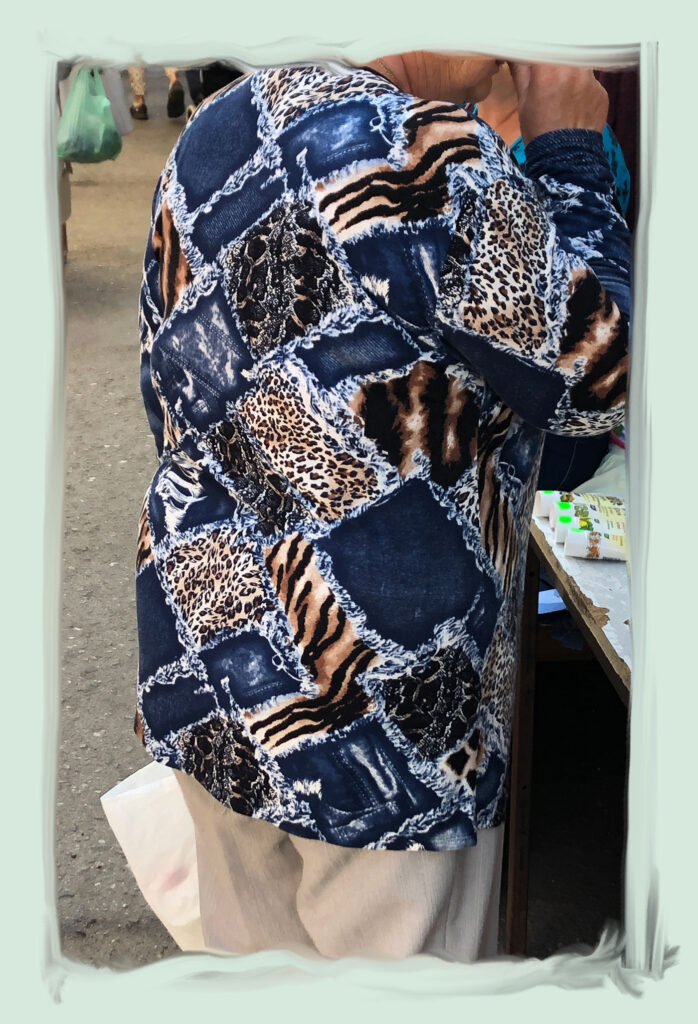
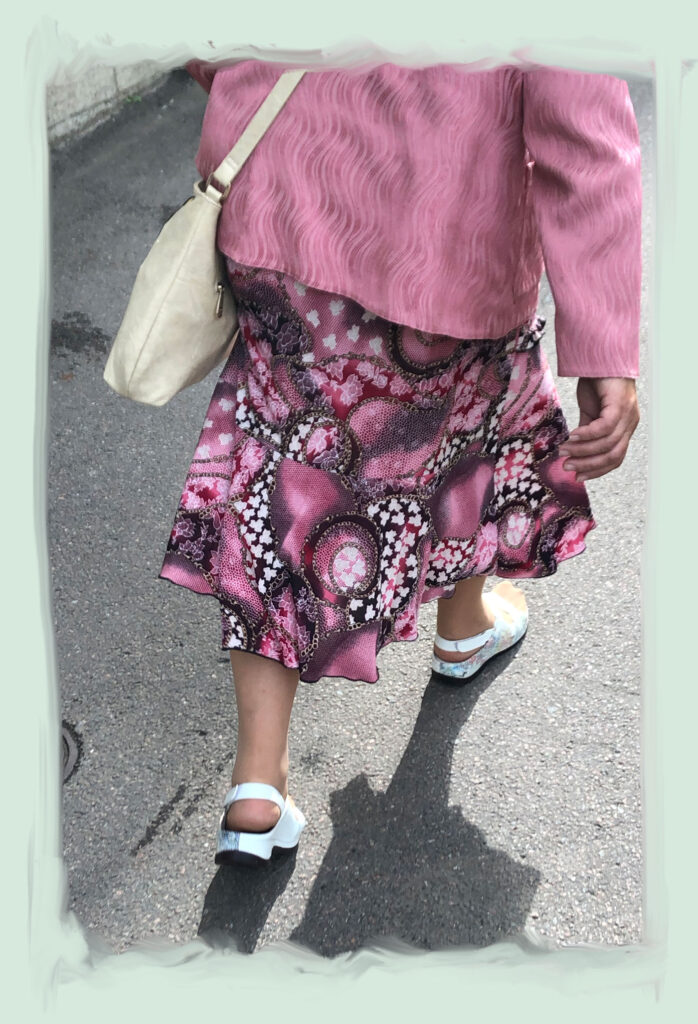
This market has become so dear to me because it is one of the rare places in the city not yet designed by any one person or one team. It has organically and sporadically grown over time, with DIY kiosks and little shelters to sell from. It is not (yet) sterilized and designed, not yet a market for ‘political consumption’1. It is still too ugly and dirty for that, unfiltered, sellers only validated by the trust they have built with their customers, not a lot of inspection is involved.
1 – A ‘Westernized’ and sterilised version of a street market, “presenting a hyper-ethical way of participating in capitalism that is masked as political action. And even if in some cases it might re-introduce local produce, traditional farming, or crafted knowledge, it does so within a framework of luxury, and not necessity. … One consumes not only the product, but a glossy shell of political connotations attached to it.” (Do we have a moral obligation to the market? by Marija Nemčenko in Kajet magazine no 3)
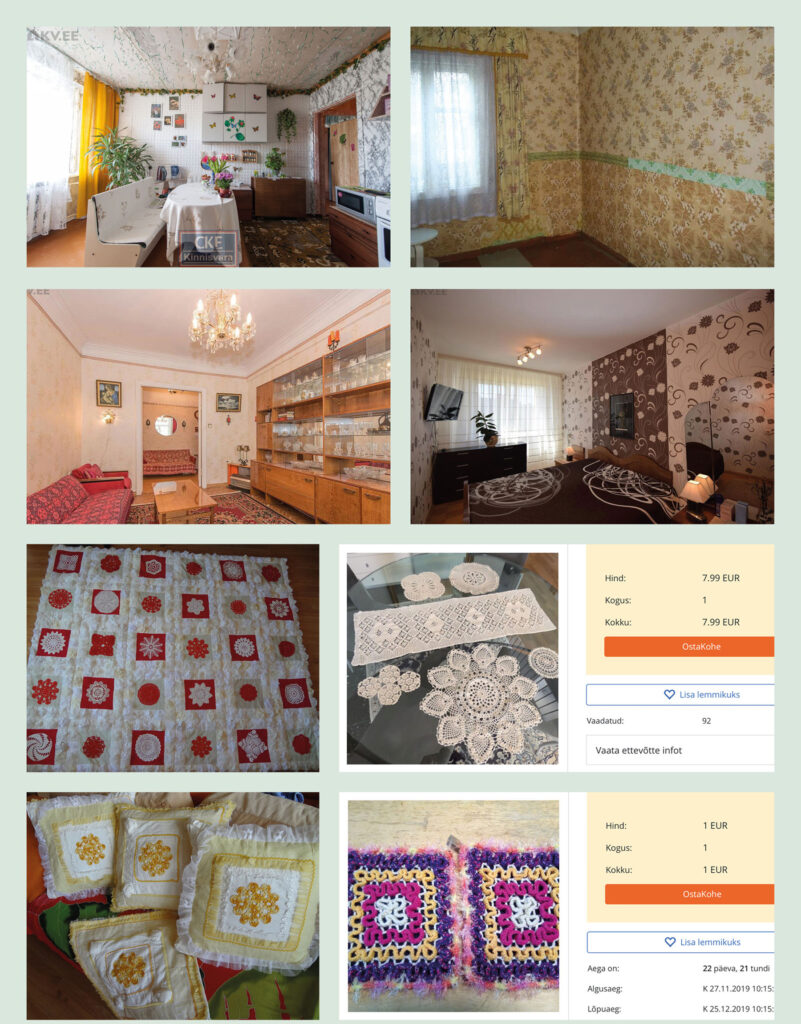
Another market that I frequent is an online real estate site (called city24.ee) where I like to scout for interior design inspiration. I admit some of the images give me ironic pleasure, I have gasped at many stucco-covered fake marble bathrooms. But there are also pictures of homes that seduce me with their earnest heart and expression, which I cannot find anywhere else. Especially in the cheapest section, where I know the interior is not adding anything to the price of the place. There haven’t been any real estate agents to “clean it up” before a professional photographer comes in – here in this section I have found the most heart-felt interiors. They don’t seem to subscribe to any specific style I know or any current trends. These spaces I have never seen represented in design magazines, not even in any derivative way. These rooms are not on Pinterest boards. They are also not documented by any museum (that I know of).
Then there are the online second hand markets. Every country has a big one, I think, the equivalent of a local ebay. To deep dive here (osta.ee, for those who know) it takes a lot of scrolling, but I have seen things here that my eyes do not recognize. In such an image-filled world, this is a rare treat. Again I like to look for the cheaper things. The cheap section shows me Stuff that is not familiar to the tasteful eyes, that doesn’t hold any value in the design game. The amateur craft in the cheap section has to be doing something wrong because the amount of time that goes into making them would immediately have more market value if they were made in the right style and function.
So this project is a mapping of the design values I have found on these markets. Design values that float in the cheap sections, flourishing despite their low capital value.
